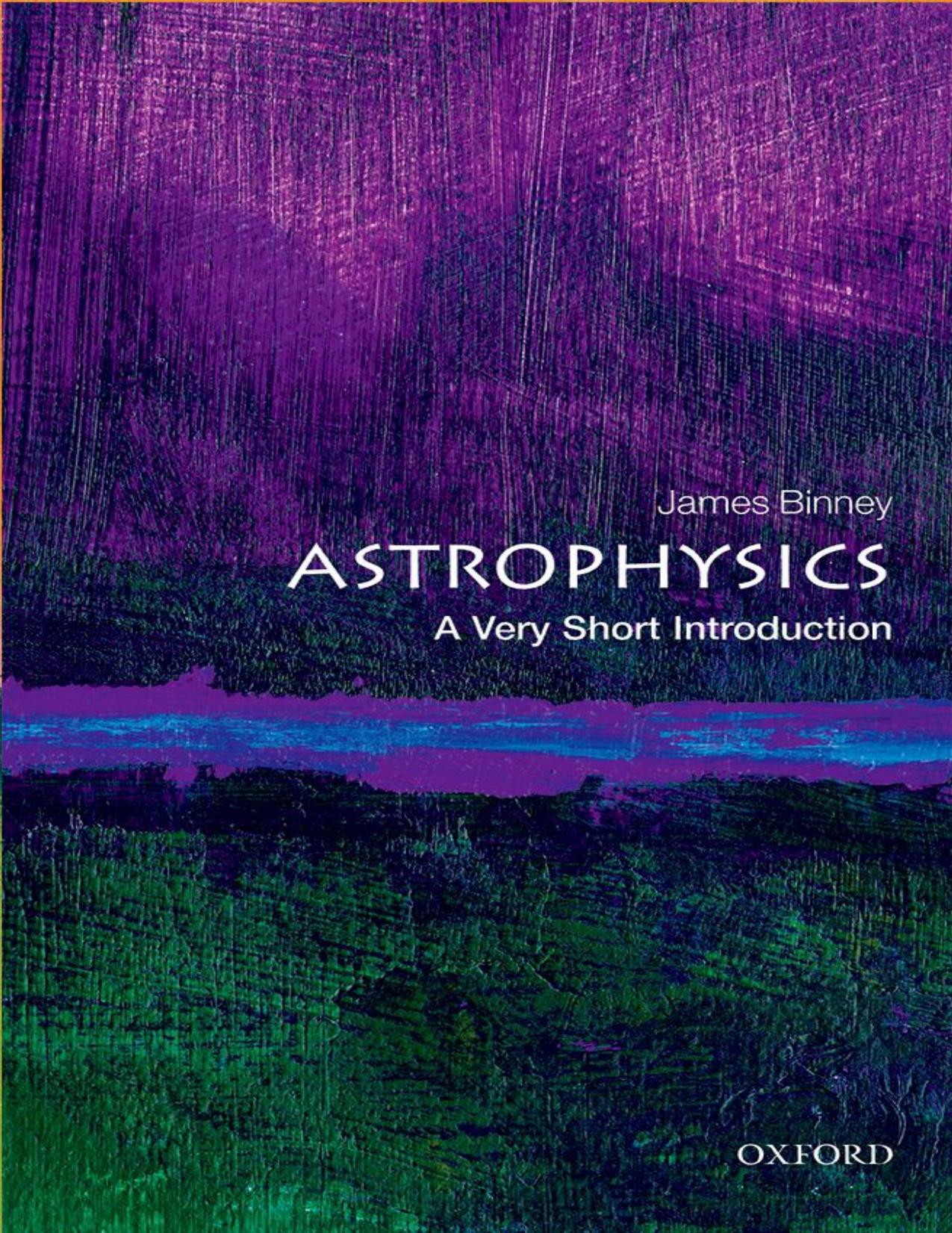Astrophysics: A Very Short Introduction by James Binney

Author:James Binney
Language: eng
Format: epub, pdf
ISBN: 9780198752851
Publisher: OUP Oxford
Published: 2016-02-06T05:00:00+00:00
Birth of planets
A very young star is always surrounded by a disc from which it accretes matter. As the mass of the star increases, the temperature rises in its core (Chapter 3, ‘Star formation’), and if the star’s mass exceeds 0.08 M⊙, nuclear burning starts up there (Chapter 3, ‘Nuclear fusion’). As the luminosity of the star grows, its radiation heats the surrounding disc, and the warmed gas tends to escape from the gravitational field of the young star back into interstellar space. Particles of dust in the disc are too massive to escape, so the ratio of dust to gas in the disc increases as the young star warms its disc. In the increasingly dusty disc, dust particles collide and merge to form bigger particles. Eventually the most massive dust particles are kilometres in diameter and their gravitational fields are strong enough to deflect significantly the velocities of nearby gas and dust. An asteroid has formed.
Gradually asteroids collide and merge to form bigger and bigger asteroids. The self-gravity of the most massive asteroids pulls them into nice spherical balls, which become radially structured as dense material sinks and less dense material rises. These balls are planetary cores.
If a very massive core forms sufficiently early on, before all the gas has been dissipated at its radius, the core may trap some of the gas in its gravitational field. This is how the massive outer planets Jupiter, Saturn, Uranus, and Neptune formed, while the rocky inner planets Mercury, Venus, Earth, and Mars failed to acquire significant quantities of gas because their gravitational fields are not strong enough to retain hydrogen and helium at the relatively warm temperatures prevailing in the inner solar system.
Download
Astrophysics: A Very Short Introduction by James Binney.pdf
This site does not store any files on its server. We only index and link to content provided by other sites. Please contact the content providers to delete copyright contents if any and email us, we'll remove relevant links or contents immediately.
Tools of Titans by Timothy Ferriss(7815)
Turbulence by E. J. Noyes(7701)
Astrophysics for People in a Hurry by Neil DeGrasse Tyson(5002)
Secrets of Antigravity Propulsion: Tesla, UFOs, and Classified Aerospace Technology by Ph.D. Paul A. Laviolette(4992)
Design of Trajectory Optimization Approach for Space Maneuver Vehicle Skip Entry Problems by Runqi Chai & Al Savvaris & Antonios Tsourdos & Senchun Chai(4843)
Room 212 by Kate Stewart(4739)
Pale Blue Dot by Carl Sagan(4618)
The David Icke Guide to the Global Conspiracy (and how to end it) by David Icke(4381)
A Journey Through Divination and Astronomy by Publishing Pottermore(4250)
Apollo 8 by Jeffrey Kluger(3512)
Goodbye Paradise(3446)
Losing the Nobel Prize by Brian Keating(3425)
COSMOS by Carl Sagan(3348)
The Five People You Meet in Heaven by Mitch Albom(3335)
How to Read Water: Clues and Patterns from Puddles to the Sea (Natural Navigation) by Tristan Gooley(3240)
Brief Answers to the Big Questions by Stephen Hawking(3239)
How to Read Nature by Tristan Gooley(3079)
The Order of Time by Carlo Rovelli(3073)
A Brief History of Time by Stephen Hawking(2819)
